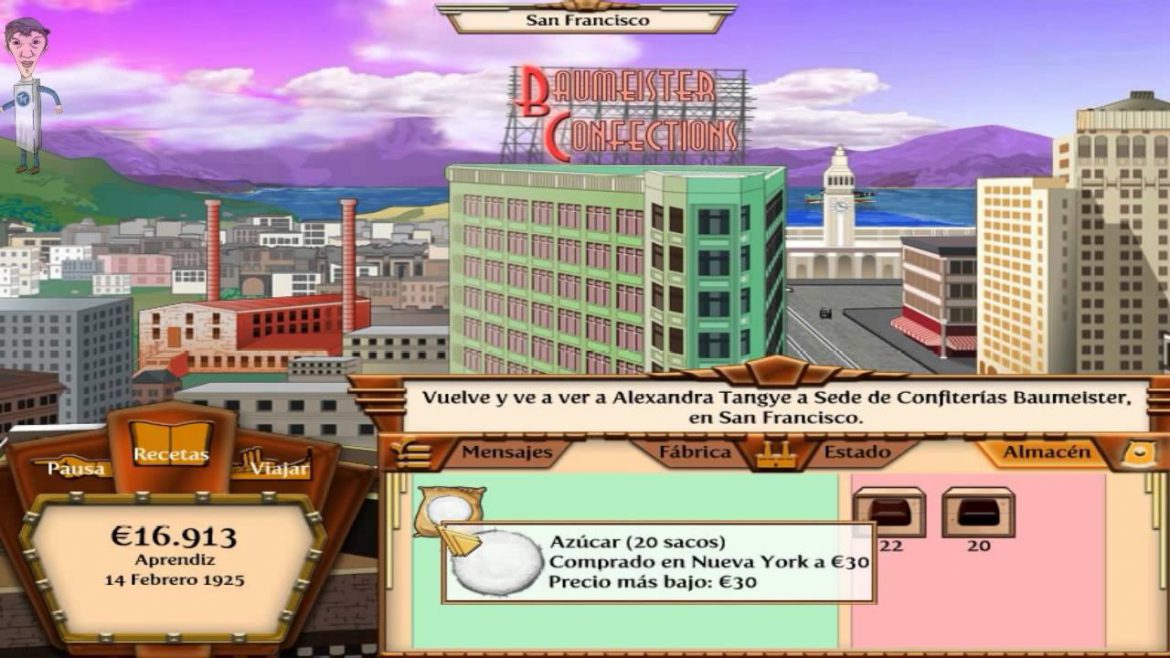
#Chocolatier 3 recipe list plus
Tablespoons/140 grams unsalted butter, at room temperature, plus more for greasing bowls and pansĬup/177 milliliters heavy cream or half-and-half Large eggs, at room temperature, lightly beaten Here’s a set of easy-to-follow instructions.Package (1/4 ounce/7 grams) active dry yeastĬup/67 grams granulated sugar, plus a pinchĬups/531 grams all-purpose flour, more as needed But they are still chocolate! If you’d really like to keep to the moulded chocolate tradition, you can DIY chocolate Easter eggs, Bilbies and the like by melting chocolate and pouring into moulds bought at any good kitchenware retailer.
#Chocolatier 3 recipe list free

You’ll find them at most health food and specialty food stores:Ĭertified Fairtrade, Organic and Palm Oil Free! A staff favourite.Īlter Eco products are packaged in Recyclable box & Backyard Compostable wrappersīoobook Chocolate eggs support the Great Forest National Park campaign to declare the Mountain Ash forests to the east of Melbourne CBD a National Park.Īustralian made, using Australian-grown cocoa! This means not only are they assuring fair prices for farmers and no child slavery, they are also assuring good environmental practices. These are chocolate brands that, in most cases, are both Fairtrade and Organic. Good chocolate does exist (thank FRUIT it exists because we do love our chocolate!). In conjunction with the advocacy work that organisations such as World Vision do, our purchasing decisions will make a difference. It’s relatively easy – buy Good chocolate.īy ‘Good’ chocolate we mean chocolate made of ingredients sourced from ethical and sustainable farms, where farm workers are consensual adults who are paid a fair price and work under fair conditions and the environment is looked after as best as possible.īy purchasing this sort of chocolate, we let manufacturers know that we’re savvy consumers who don’t want to buy into unethical or unsustainable practices. As consumers, we can actually do our bit to help.

They’re forced to work with dangerous machetes and pesticides with no protective clothing. They’re forced to work for little to no pay and receive no schooling nor (what is often the case) enough food. The children are either sold by impoverished families or stolen.


It’s estimated that approximately 800,000 children are enslaved on cocoa farms along the Ivory Coast, from where nearly half of the world’s cocoa supply is sourced (although child slavery isn’t isolated to this region alone). Yet while Easter brings chocolaty smiles to the faces of our kids, sadly this isn’t the case for the children working on cocoa farms along the Ivory Coast of West Africa. Soon, children all over the country will be excitedly stomping on lovingly raised daisy beds to get their hands on the Easter Bunny’s sweet givings. Easter – the season of chocolate egg consumption – is here.


 0 kommentar(er)
0 kommentar(er)
